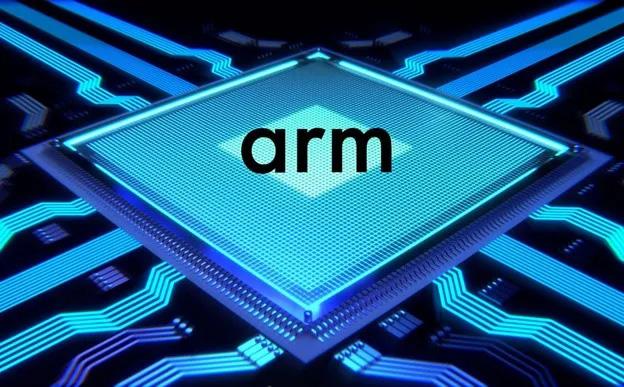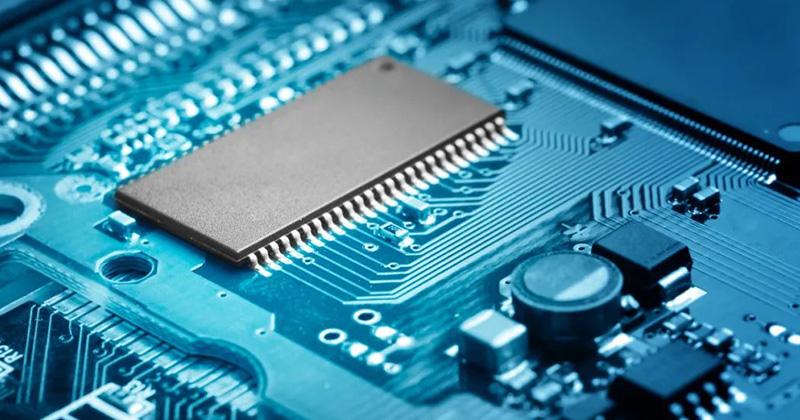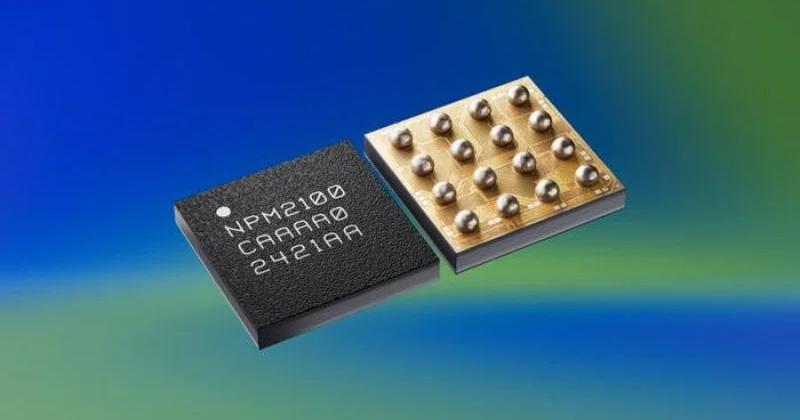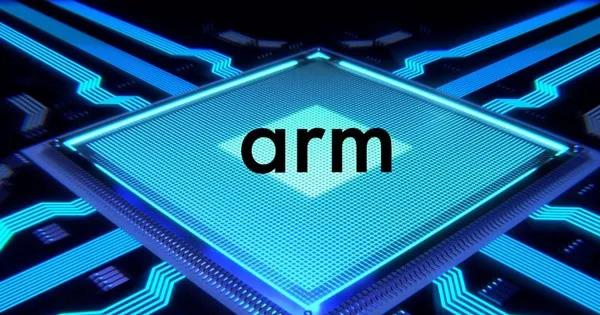
Arm Flexes Muscle in AI and HPC at MWC
Barcelona—The Mobile World Congress (MWC) in Barcelona, typically a showcase for the latest smartphones and connectivity, played host this year to the seismic shifts reshaping the semiconductor industry, including Arm’s rise in AI and high-performance computing (HPC).
EE Times sat down with Mohamed Awad, SVP/GM of Infrastructure Business at Arm, the chip architecture powerhouse, and, in another interview, with Teresa Cervero, a leading research engineer at the Barcelona Supercomputing Center (BSC).

Mohamed Awad (Credit: Arm)
Set against a backdrop of rapid advancements in artificial intelligence and persistent global uncertainties, the conversations offered a compelling glimpse into Arm’s burgeoning role in AI, data center, and HPC. Awad also commented on the prospect of the company designing its own chips and the delicate balancing act it performs in the face of geopolitical complexities.
Meanwhile, Cervero highlighted the growing adoption of open source architecture for silicon design as an alternative to closed design systems.
Dawn of bespoke silicon
A palpable theme resonating throughout the industry is the growing inclination among major players to use in-house designed silicon for their data centers.
“There’s this clear desire to move away from, you know, building your data center around off-the-shelf silicon, but rather, building your silicon to the specific of your data center,” Awad explained. “It’s really about: am I going to force my data center to comply with somebody else’s architectural view or can I, from the ground up, get the most amount of efficiency and performance out of that silicon as possible in support of my end system.”
Awad noted that the trend reflects a move towards “system design,” where companies are looking to optimize entire systems, from CPUs and accelerators to networking, to ensure seamless and efficient operation. He cited Nvidia as a prime example. “If you look at what they did with Grace Blackwell, Nvidia built the CPU specifically to be a perfect complement to their accelerator, the GPU.” He pointed as well to the custom silicon efforts of hyperscalers like AWS, Google, and Microsoft, as examples.

Teresa Cervero
Cervero, who leads a team at the BSC on European RISC-V initiatives, argued that “the new computing paradigm is driving a shift toward heterogeneous systems for greater customization. Companies typically start by designing intellectual property (IPs) and advance to more complex systems. However, increasing complexity raises investment costs and the need for skilled personnel. Open initiatives continue to foster significant advancements in the field.”
Arm’s three pillars for system innovation
Awad outlined three critical requirements for companies embarking on this journey of bespoke silicon. First, they need “mature, robust technology,” which Arm provides through its long experience in chip architecture. Second, a “strong ecosystem” is essential, encompassing both software and hardware partners.
Finally, system designers require the “freedom to be able to innovate and augment that design so that they can make it their own and optimize it for their system,” inherent in Arm’s licensing model. “If you look at those three things—the freedom to innovate, a strong ecosystem, and mature technology—you know, Arm’s unique in being able to provide all three things,” Awad asserted.
While the hyperscalers drove the initial wave of custom silicon adoption, the desire for tailored compute solutions extends to other industries with specific needs, such as telecommunications and manufacturing. Asked whether companies beyond the tech giants were designing application-specific chips using Arm technology, Awad responded unequivocally, “So the answer is yes, absolutely.”
He highlighted the crucial scale factor in justifying the cost of custom silicon development. “Building silicon is expensive. And so, you know, whether or not you can build your own silicon depends on whether you can effectively amortize the cost over the products you’re deploying,” Awad explained.
To lower the barrier to entry for a broader range of customers, Arm focuses on reducing the cost and complexity of silicon design. They now provide basic IP blocks to offer more integrated compute subsystems. “Now we put the engine and the transmission together for you, and we hand that to you, and now you can build pieces around it to get to where you want to go,” he analogized.
The approach, embodied by initiatives like Arm Total Design, accelerates time-to-market and improves return on investment, enabling more companies to consider custom silicon.
Arm’s ecosystem plays a pivotal role in this strategy. Awad mentioned collaborations with telecom infrastructure giants like Nokia, Samsung, and Ericsson, acknowledging Nokia’s “very sophisticated silicon team.”
Looming question of Arm’s own CPU
While Arm has historically thrived on licensing its IP for chip designs, recent reports suggest a significant shift in strategy. News broke earlier this year that Arm is planning to launch its own chip, a central processing unit (CPU) for servers in large data centers, with Meta reportedly among its first customers.

According to industry analysts, production could go to foundries like TSMC. Industry observers have noted that this development could “upend the balance of power in the $700bn semiconductor industry.”
When directly asked if Arm could design a chip for someone else, Awad offered a measured response. “Could we design a chip for somebody else? Could Yes. But would you? Would you? I mean, we focus right now on reducing the effort it takes for people to adopt Arm-based technologies. And that continues to be our focus,” he stated.
While Awad’s comments do not explicitly confirm or deny Arm’s entry into the chip-selling market, the surrounding industry buzz and reports strongly suggest a move in that direction, potentially putting Arm in competition with some of its largest customers.
Thorny path of supply chains and geopolitics
The interview with Awad also addressed the pervasive challenges of global supply chains and escalating geopolitical tensions, key topics at this year’s MWC. He acknowledged the current volatility, stating, “Supply chains are a little crazy right now. We don’t know what to expect tomorrow, and we didn’t know what happened yesterday until yesterday. So that’s a situation that is unique in a way.”
Arm’s partners consistently seek “a level of supply chain stability.” While acknowledging the uncertainty, Awad expressed a desire for stability across the board, including the success of foundries like Intel and Samsung, in addition to TSMC. “I think on balance, I think everyone would feel better if there was a level of stability,” he concluded.
The conversation inevitably turned to the complex issue of Arm China, an independent entity with exclusive rights to distribute Arm’s technology in the country. Asked about their operations in China and access to the latest IP, Awad stated, “We continue to work, you know, within the bounds of what we legally can. We continue to support our Chinese partners and work through Arm China, and that’s it.”
When pressed on China’s access to the latest IP, he reiterated, “We follow the letter of the law, and as you said, that is something that you know we’re held to by rules and regulations, and we just follow those to the letter of the law.”
Pivotal moment for HPC architecture
The interview with Mohamed Awad at MWC 2025 paints a picture of a company at a crucial juncture. Arm is capitalizing on the growing trend of custom silicon in infrastructure and HPC, leveraging its mature technology, robust ecosystem, and flexible licensing model.
However, the company’s potential entry into designing and selling its own server CPUs marks a bold strategic shift that could reshape the competitive landscape.
Meanwhile, Europe and China are doubling their efforts to design and implement new products based on RISC-V architecture. “Innovation is crucial for differentiation and tackling efficiency challenges such as speed, performance, power consumption, and scalability,” concluded Cervero. “While Arm is enhancing its architecture’s flexibility, it cannot match the customization offered by RISC-V’s open Instruction set architecture. RISC-V allows for extensive architectural exploration and is quickly developing a mature technology and ecosystem.”
While Awad remained circumspect on Arm’s own chip ambitions, the industry chatter suggests that the company is poised to become an even more influential force in the infrastructure and HPC domains, potentially moving beyond its traditional role as a behind-the-scenes architect to a direct player in the silicon market.



